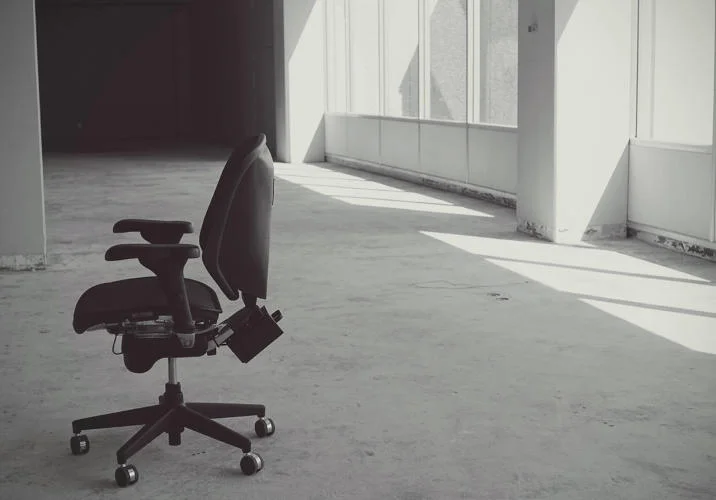



If you're at work right now, you're probably too cold. Or too hot. If you have a working thermostat nearby, there's a good chance that it's the thing you disagree about most with the person sitting next to you. It seems like an intractable problem, because people inherently prefer different temperatures. A 2015 study found that women get cold much more quickly than men. (It also pointed out that most offices still use a decades-old formula for setting temperature that's based on the average man, which is why men are a little more likely to be comfortable.)

